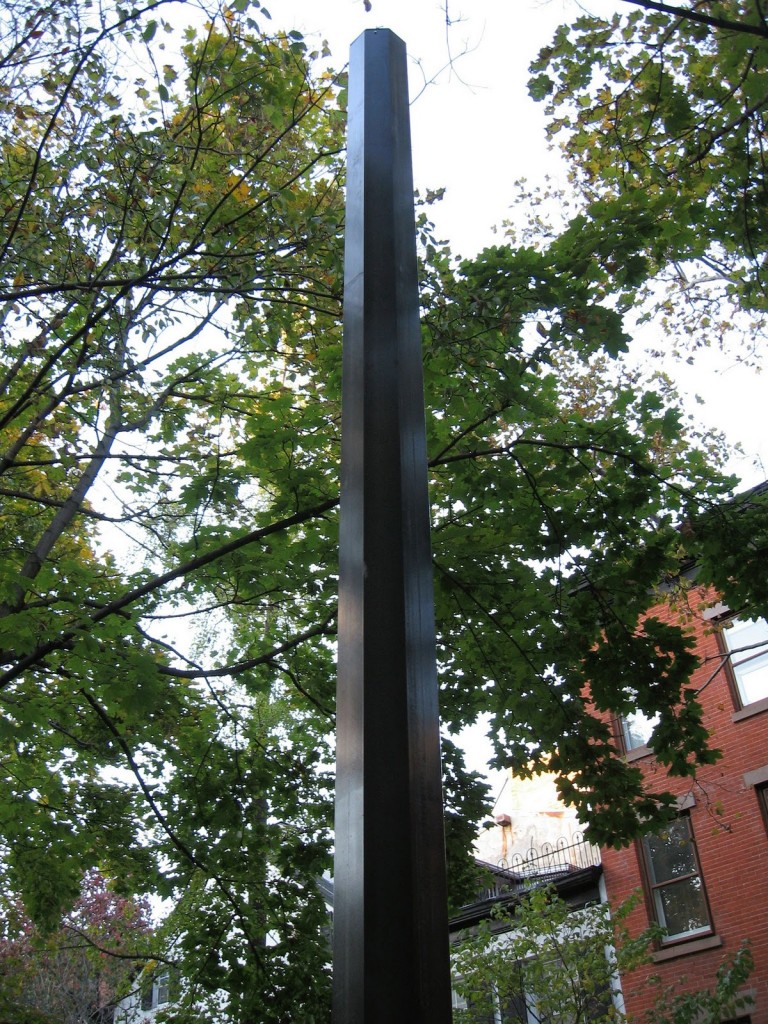 Despite the ongoing loss of cable television subscribers who are dropping video packages, broadband remains an incredibly important, and profitable component of today’s telecommunications industry. Comcast, America’s largest ISP, now has 17.55 million customers, earning the company $2.2 billion dollars every quarter, which amounts to nearly $9 billion a year. That amounts to an addition of 418,000 broadband customers for Comcast during the last quarter alone, the most Comcast has ever added since the first quarter of 2008.
Despite the ongoing loss of cable television subscribers who are dropping video packages, broadband remains an incredibly important, and profitable component of today’s telecommunications industry. Comcast, America’s largest ISP, now has 17.55 million customers, earning the company $2.2 billion dollars every quarter, which amounts to nearly $9 billion a year. That amounts to an addition of 418,000 broadband customers for Comcast during the last quarter alone, the most Comcast has ever added since the first quarter of 2008.
For the second quarter of 2011, Comcast’s capital expenditures increased 5.5% to $1.2 billion, reflecting increased investment in network infrastructure to enable product enhancements, including faster speeds in high-speed Internet, as well as increased investment to support expansion in business services. Cable capital expenditures equaled 12.6% of Cable revenue in the second quarter of 2011.
For the six months ended June 30, 2011, Cable capital expenditures increased 10.0% to $2.2 billion, representing 12.1% of Cable revenue.
Time Warner Cable scores a distant second among cable companies with 9.99 million subscribers; Cox is third with 4.4 million.
Among the phone companies, AT&T remains the largest with 16.48 million customers. Verizon is a distant second with 8.49 million customers.
Leichtman Research Group, Inc. found nearly 77 million Americans have broadband service from the 19 largest providers, which represent about 93 percent of the broadband market.
Almost every customer had the choice of two or fewer providers — a cable company and/or a telephone company.
| Broadband Internet Provider | Subscribers at End of 1Q 2011 | Net Adds in 1Q 2011 |
| Cable Companies | ||
| Comcast | 17,406,000 | 418,000 |
| Time Warner | 9,992,000 | 189,000 |
| Cox* | 4,400,000 | 30,000 |
| Charter | 3,334,000 | 87,900 |
| Cablevision | 2,927,000 | 32,000 |
| Suddenlink | 857,100 | 30,800 |
| Insight | 535,700 | 11,200 |
| Cable ONE | 440,215 | 14,813 |
| Other Major Private Cable Companies** | 2,247,000 | 39,000 |
| Total Top Cable | 42,639,015 | 852,713 |
| Telephone Companies | ||
| AT&T | 16,485,000 | 175,000 |
| Verizon | 8,490,000 | 98,000 |
| Qwest^ | 2,965,000 | 51,000 |
| CenturyLink^ | 2,446,000 | 52,000 |
| Frontier | 1,707,678 | 10,511 |
| Windstream | 1,331,700 | 28,800 |
| FairPoint | 297,491 | 7,746 |
| Cincinnati Bell | 258,500 | 2,400 |
| Total Top Telephone Companies | 33,981,369 | 425,457 |
| Total Broadband | 76,620,384 | 1,278,170 |
Sources: The Companies and Leichtman Research Group, Inc.
* LRG estimate
** Includes LRG estimates for Bright House Networks, Mediacom, and RCN
^ CenturyLink acquired Qwest on 4/1/11
Company subscriber counts may not represent solely residential households
Totals reflect pro forma results from system sales and acquisitions
Top cable and telephone companies represent approximately 93% of all subscribers


 Subscribe
Subscribe







